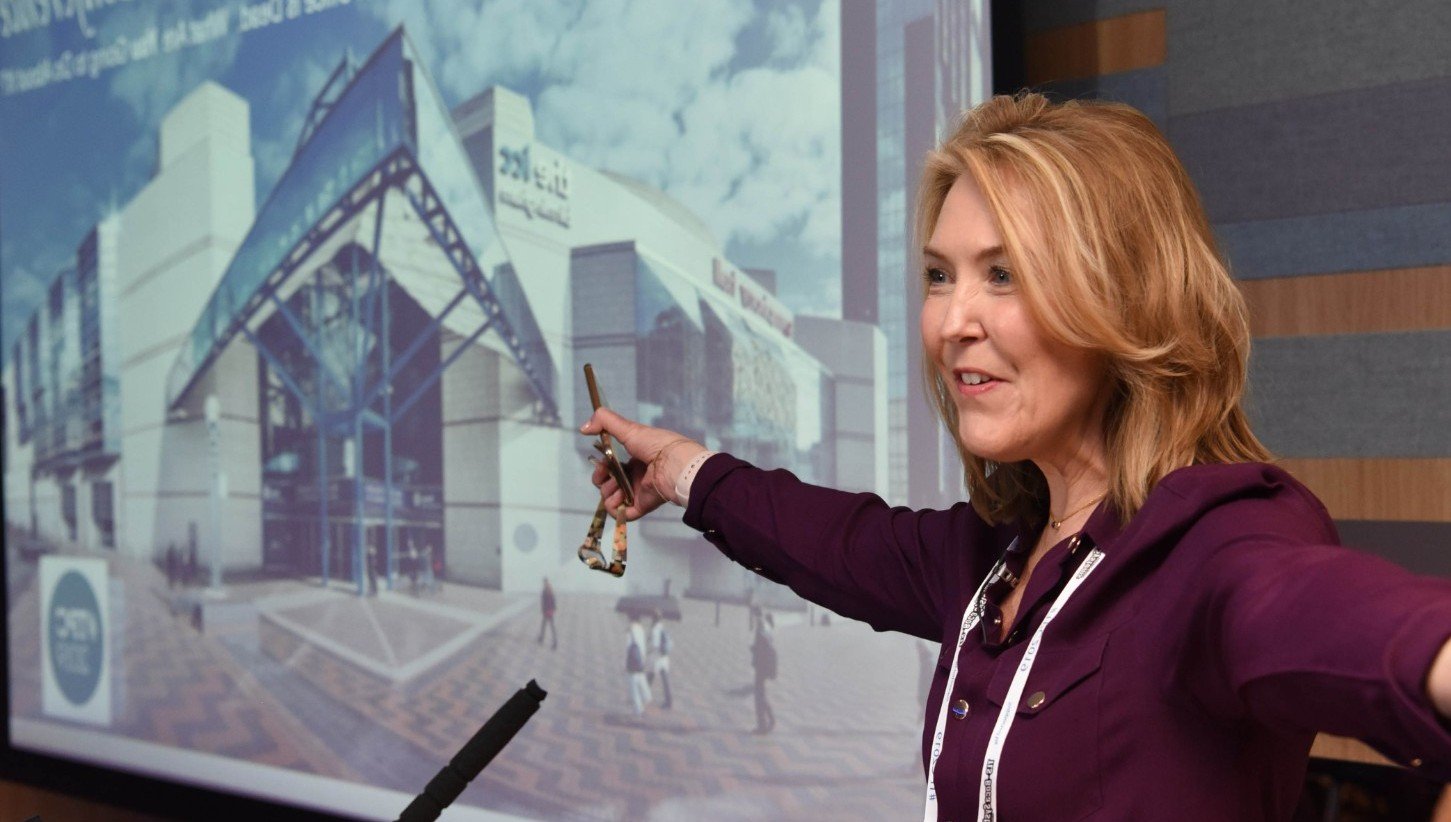This article was first published in the Colorado Springs Business Journal on December 3, 2021.
Building Resilient Organizations Takes Leaders Who Model Resiliency
It usually comes as a surprise to most people to learn that what they consider to be among the most creative fields—arts and culture—actually has a shocking crisis in creativity. The organizations that produce imaginative productions, stimulating exhibits and inspiring workshops often fail to integrate the creative realm into their structure or operations. Nothing short of the health and well-being of our communities is at stake, and it has driven my mission to lead a creative reinvention in arts and culture.
The COVID-19 pandemic intensified this mission, not only to bring back this “first-affected, last-to-return” sector from devastation, but to bring it back stronger and more resilient by helping it transform for the 21st century. What I’ve observed and counseled in provoking arts and culture executives to take bold action to propel themselves forward has relevance for businesses beyond the arts. More than simply investing in the latest technologies, transformation requires a fundamental shift in how business leaders think about their employees, their customers and themselves.
- Acknowledge creativity as a necessity in all aspects of operations, from strategic planning to marketing, executive and board leadership to event management. Being creative is a practice that takes work, and organizations need to provide their employees freedom and create work systems that support the practice, including the risk of failure.
- Adopt learning-agile environments in which employees are encouraged to use their innate instinct to learn, adapt, unlearn and relearn to keep up with constant change without knowing exactly what to do. An article by SAP SuccessFactors called learning agility the “it” factor for future-ready businesses which empowers all levels of employees to challenge the status quo, drive change and transform from traditional hierarchical organizations.
- Develop diverse teams because it’s the right thing and the smart thing to do. Research shows diverse teams are 70% more likely to capture new markets and 87% better at making decisions. 85% of CEOs with diverse and inclusive cultures notice increased profits, and highly gender-diverse executive teams are 21% more likely to outperform on profitability. And these statistics are just the tip of the iceberg.
- Listen well to your audience or customers, take action, repeat. Diversity applies to your customers as well as your internal teams. Do your communications and product and service offerings take into account the needs and values of changing demographics? Are your initiatives working, and how do you know?
- Reevaluate day-to-day operations as you undertake the “inner” work of transforming your business. Be thoughtful about work-from-home and return-to-office policies rather than a one-size-fits-all edict. Revisit departmental processes, policies, yes, technologies, and any conditions in place because “That’s the way we’ve always done it.” This is about building a resilient, 21st century work model.
- Build personal resiliency through practices and daily habits including exercise, meditation/mindfulness, gratitude, self-compassion and connection to others. These practices help build the capacity to recover, modulate more successfully between stressful events, and engage more productively with others, and are backed by science, according to Dr. Michael Maddus, author of “The Resilience Bank Account.”
The pandemic is widely acknowledged as being an accelerator for trends and issues that were already developing pre-COVID. Smart organizations will look on this time as an opportunity, a reset button, for leaving outdated thinking and processes behind to create organizations designed for 21st century success. Are your leaders practicing what they aspire to for your organization? Imagine the progress businesses can make if they follow the script and take action similar to the hard-hit arts and culture sector.


